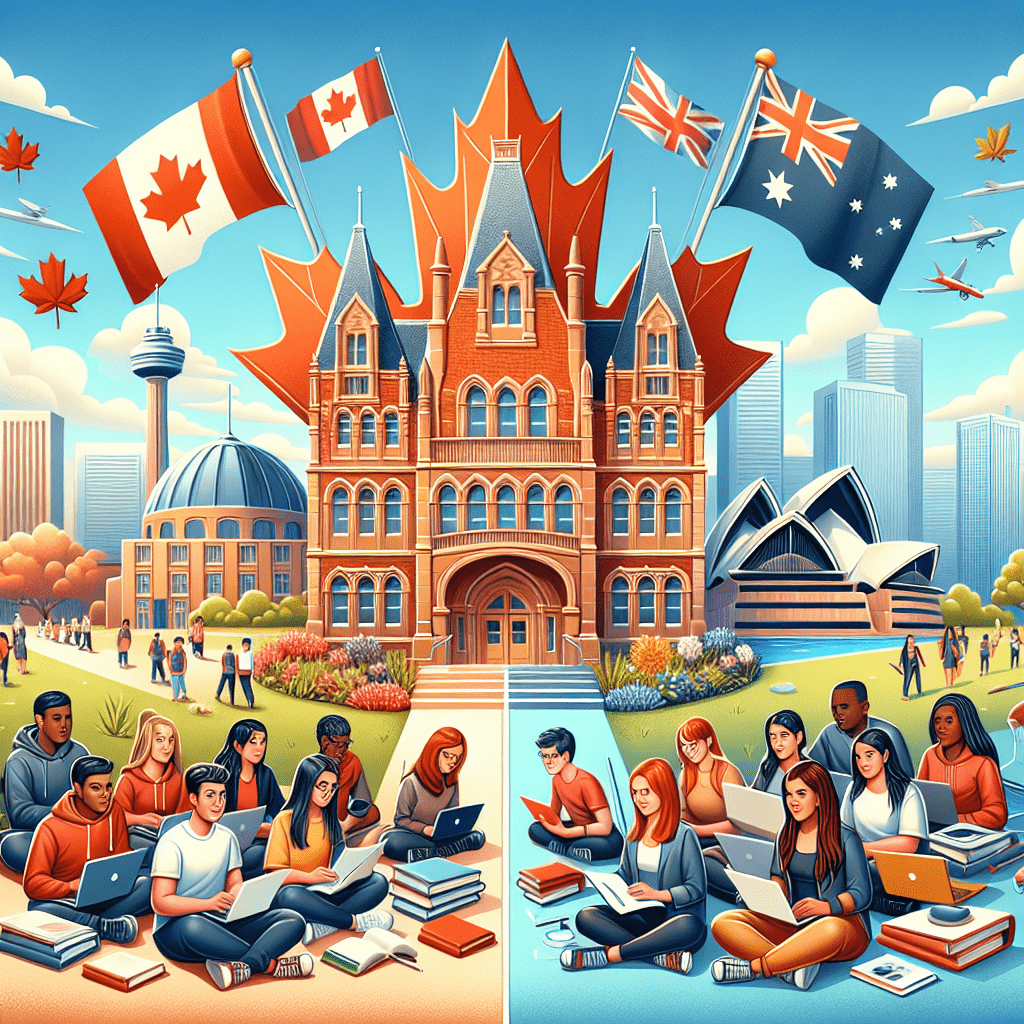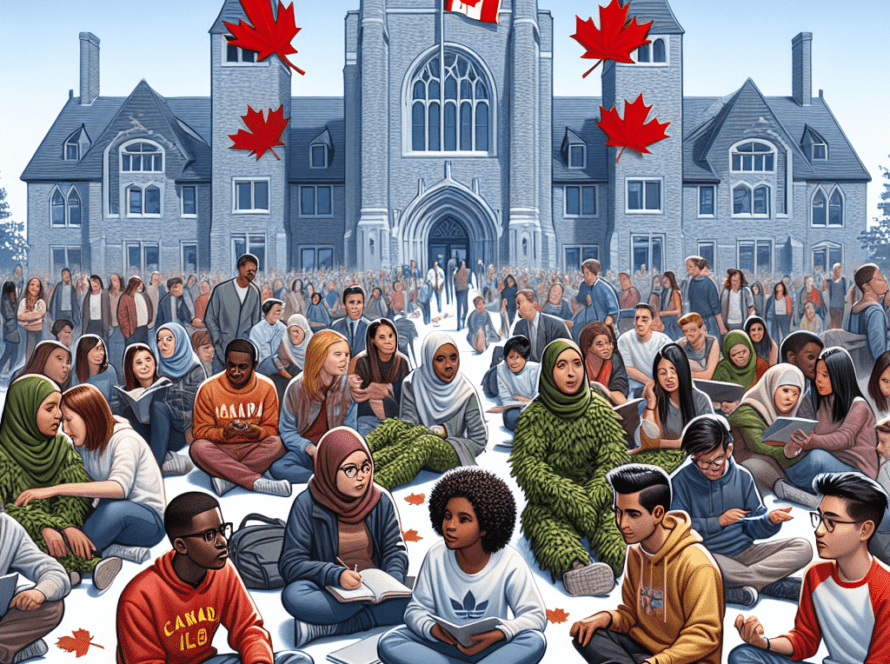Canada vs. Australia: Best Destination for International Students?

Navigating International Education: Canada vs. Australia for Aspiring Immigrants
As 2024 unfolds, prospective students considering international education with future immigration plans are eyeing two prominent destinations: Canada and Australia. Both countries are renowned for their high-quality education systems and vibrant multicultural communities, but they are also implementing significant changes to their immigration policies. Here, we break down the key differences and similarities between these two countries, providing insights for students contemplating their options.
Key Immigration Pathways and Work Opportunities
One of the most appealing aspects of studying in Canada or Australia is the potential for permanent residency (PR) after graduation.
Canada offers a diverse range of pathways to PR, particularly through the Canadian Experience Class (CEC) and the Provincial Nominee Program (PNP), which prioritize candidates with Canadian work experience and education. Importantly, Canada has no age restrictions for PR applicants, making it more accessible for a broader demographic.
In contrast, Australia’s Skilled Independent Visa (subclass 189) is contingent on an applicant’s occupation being listed on the Skilled Occupation List (SOL), and applicants must be 35 or younger, with some exceptions. This focus on specific skilled occupations can limit options for graduates in non-STEM fields.
Work While You Study
Both countries allow international students to gain work experience while studying, a crucial aspect of the student experience and a potential pathway to PR.
In Canada, students can work up to 24 hours per week off-campus during classes and unlimited hours on-campus. Graduates can apply for a Post-Graduation Work Permit (PGWP) for up to three years, depending on the length of their study program.
Australia allows students to work up to 48 hours every two weeks during term time, with unlimited hours during breaks. The Temporary Graduate Visa typically offers a work duration of 2 to 3 years post-study, but applicants must be 35 or younger to qualify.
Education Quality and Costs
Both Canada and Australia boast prestigious universities, as evidenced by their presence in the QS World University Rankings for 2025. Canadian institutions like the University of Toronto and McGill University rank among the top 30 globally, while Australia’s University of Melbourne and the University of Sydney also feature prominently.
When it comes to tuition costs, international students can expect to pay similar amounts in both countries, ranging from approximately CAD 29,000 to CAD 81,000 in Canada and AUD 26,500 to AUD 113,000 in Australia (which translates to CAD 24,509 to CAD 104,511). However, the cost of living varies widely; housing, groceries, and transportation costs can be lower in Canada compared to Australia.
Study Permit Requirements
Obtaining a study permit is essential for studying abroad, and while both countries have similar requirements, notable differences exist. Canada’s study permit application is less expensive (CAD 150) compared to Australia’s (AUD 1,600). Moreover, Canada requires a provincial attestation letter, while Australia mandates an Overseas Student Health Cover and a genuine student requirement to ensure applicants are sincere about their studies.
Future Trends and Opportunities
The recent announcements regarding international student intakes reflect both countries’ shifts in managing international education. Australia has capped new international student commencements to 270,000 for 2025, while Canada aims for a target of 305,900 for the same year. These adjustments could lead to smaller cohorts, ultimately enhancing the academic experience and reducing competition in the job market.
Conclusion: Making an Informed Decision
In conclusion, both Canada and Australia present unique opportunities for international students aspiring to study and immigrate. Canada offers a more inclusive immigration pathway without age restrictions and a focus on Canadian work experience, while Australia emphasizes skilled occupations and age limits.
Ultimately, the decision should hinge on personal career goals, preferred fields of study, and long-term residency aspirations. By weighing these factors carefully, students can choose the destination that aligns best with their aspirations for both education and immigration.



